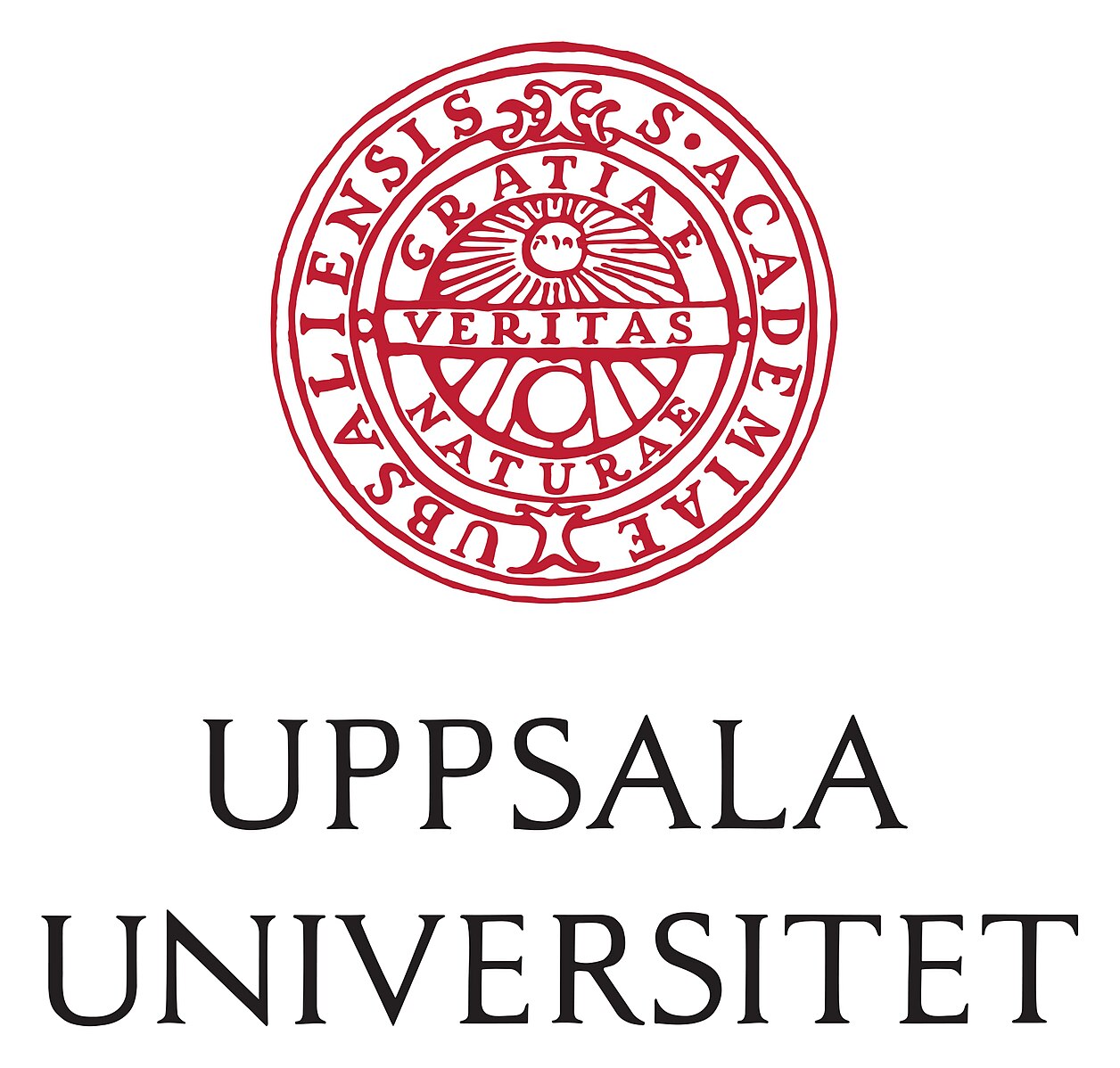Max Hübner
My current home institution is the University of Uppsala where I hold the position of an MSCA postdoctoral researcher in the theoretical physics group. My academic work focusses on the interplay of geometry with quantum field theory and quantum gravity. I was a member of the Simons Collaboration on Special Holonomy in Geometry, Analysis and Physics. I completed my DPhil at the University of Oxford 2021 and previously held a postdocotral appointment at the University of Pennsylvania.
My CV serves as a summary of this website.
Links to my university webpage and inspire and google scholar profile:


